Mecklenburg Creeks
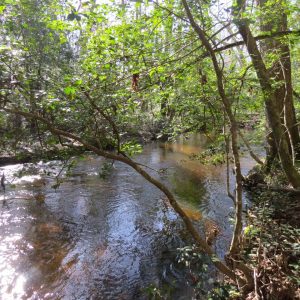
Preserving a ‘black water’ river east of Charlotte: Drowning Creek
In the far southeastern tip of Montgomery County, where Moore, Richmond and Montgomery counties all converge, a stream with an evocative name flows: Drowning Creek. Drowning Creek is a high quality stream, which means it has little pollution and good aquatic diversity. The creek flows southward into the Lumber River, which was originally called Drowning […]
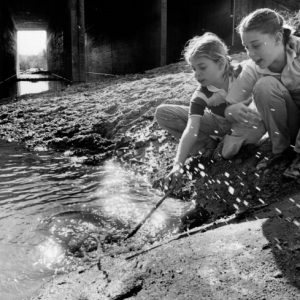
Celebrating creeks, the ‘capillaries’ of our water system
Think of an important waterway: You’re probably picturing a rushing river, a huge lake or a roaring waterfall. But what about the humble creek running through the woods near your house? That’s where most of our waterways start, and if those creeks aren’t healthy, our larger waterways won’t be healthy either. Creek Week is a […]
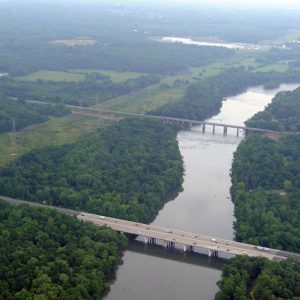
Why isn’t Charlotte built on the water?
After visiting a city with a waterfront, maybe stopping for a drink and a bite to eat along whichever river or ocean it’s built along, I’m usually left with one overriding thought: “Wow, Charlotte could really use some of this.” Water plays a prominent role in the design and history of most cities, whether it be a river, bay or ocean. And Charlotte’s skyline and downtown sit tantalizingly close-but-yet-so-far from a major river and lake system. So, the question looms: Why isn’t Charlotte built on the water?
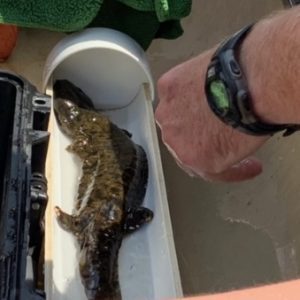
Hellbenders offer a window into water’s health
Hellbenders – a species of large salamander with an evocative name – can tell us something about the health of a river. Macroinvertebrates are good indicators of water health across the state. Insects, crustaceans, molluscs, and arachnids can all tolerate water quality in different degrees. Mayflies, caddisflies, stoneflies, hellgrammites are all highly sensitive to pollution. Their presence anywhere indicates good water quality. Dragonflies, damselflies, crayfish and clams are somewhat tolerant of pollution. Black fly larvae, lunged snails, and leeches are all pollution-tolerant.
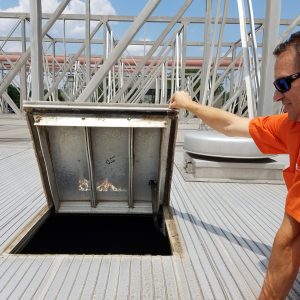
Charlotte Water wants to harvest fertilizer from your flushes
Wash, brush, flush: As the local population booms, more people than ever are using Charlotte’s water for the daily essentials of life. And all that wastewater swirling down innumerable drains has to be treated – more than 78 million gallons a day, on average. Now, for the first time, Charlotte Water is planning to glean […]
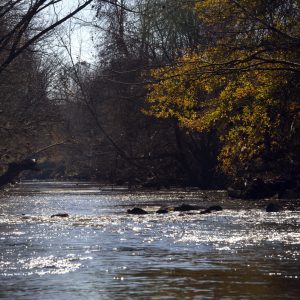
How much do you know about Charlotte’s creeks? Take our quiz
I’ve spent much of the past few months researching Mecklenburg County’s creeks, for a PlanCharlotte.org project called KEEPING WATCH on WATER: City of Creeks. A related gallery exhibit opened March 27 at UNC Charlotte Center City. To see a full list of events, click here, or visit KeepingWatch.org for updates. To whet your appetite for […]

‘City of Creeks’ debuts March 27, launches KEEPING WATCH second year
FOR UP-TO-DATE EVENT INFORMATION ABOUT KEEPING WATCH, PLEASE VISIT KEEPINGWATCH.ORG What creek is in your neighborhood? Where did it come from, and where is it going? Why was Charlotte settled amid so many creeks? Are urban streams important? Where does rainwater go? Can we do anything to help with pollution or flooding? Why should we […]